CUSA Machine: Transforming Brain and Liver Surgeries in 2024
In the world of modern surgery, precision and safety are paramount. Among the groundbreaking technologies that have revolutionized surgical procedures is the Cavitron Ultrasonic Surgical Aspirator (CUSA) machine. Known for its ability to remove tissue with unmatched accuracy while preserving vital structures, it is becoming indispensable in brain and liver surgeries. In 2024, its role in advancing healthcare continues to grow, redefining what’s possible in surgical treatment.
What Is a CUSA Machine?
The CUSA machine is an advanced surgical device that uses ultrasonic vibrations to fragment and aspirate unwanted tissue while sparing critical blood vessels and nerves. This makes it particularly valuable in delicate surgeries like neurosurgery and hepatic (liver) procedures.
Applications in Brain Surgery
In neurosurgery, the CUSA machine has become a vital tool for:
- Tumor Removal:
Brain tumors often grow in or near essential brain tissue, making their removal complex. it allows surgeons to selectively remove the tumor while preserving surrounding structures critical to brain function. - Minimizing Trauma:
Ultrasonic energy reduces physical stress on brain tissue, decreasing complications like swelling and bleeding. - Precision in Skull Base Surgery:
The machine’s precision enables surgeons to access and remove challenging lesions in the skull base.
Revolutionizing Liver Surgery
The liver’s vascular nature makes it a challenging organ for surgery. The CUSA machine addresses these challenges through:
- Hepatic Tumor Resection:
Liver tumors require careful dissection to avoid damaging the network of blood vessels. it excels at removing cancerous tissue while sparing vital structures. - Living Donor Liver Transplantation:
During transplants, precision is crucial. it ensures the donor and recipient tissues remain viable. - Reduced Blood Loss:
By selectively fragmenting tissue and sealing small vessels, the machine minimizes intraoperative bleeding.
Technological Advancements in 2024
As of 2024, the CUSA machine has seen significant innovations:
- Enhanced Visualization:
New models integrate advanced imaging technologies, enabling surgeons to see and target abnormal tissues more effectively. - Improved Ergonomics:
Modern designs focus on reducing surgeon fatigue during lengthy procedures. - Higher Efficiency:
With faster ultrasonic vibration rates, the latest CUSA machines enhance tissue removal speed without compromising safety.
Benefits of Using a CUSA Machine
- Precision and Safety:
Targeted tissue removal minimizes damage to surrounding structures. - Versatility:
Applicable in neurosurgery, liver surgery, and even complex oncology cases. - Reduced Recovery Time:
By minimizing trauma during surgery, patients experience shorter recovery periods.
Challenges and Considerations
While the CUSA machine offers numerous benefits, there are challenges:
- Cost:
Advanced models come with a high price tag, making them a significant investment for hospitals. - Training Requirements:
Surgeons and operating room staff need specialized training to use the device effectively.
As technology evolves, the role of the CUSA machine in surgery will only expand. Future developments may include AI-assisted precision and greater integration with robotic surgical systems. With such advancements, it will continue to shape the landscape of modern surgery, ensuring safer, more efficient, and less invasive procedures.
Conclusion
The CUSA machine has become a cornerstone of surgical innovation, particularly in brain and liver surgeries. In 2024, its applications are broadening, its technology is advancing, and its impact on patient outcomes is undeniable. As we look ahead, it will undoubtedly remain a critical tool for achieving surgical excellence.

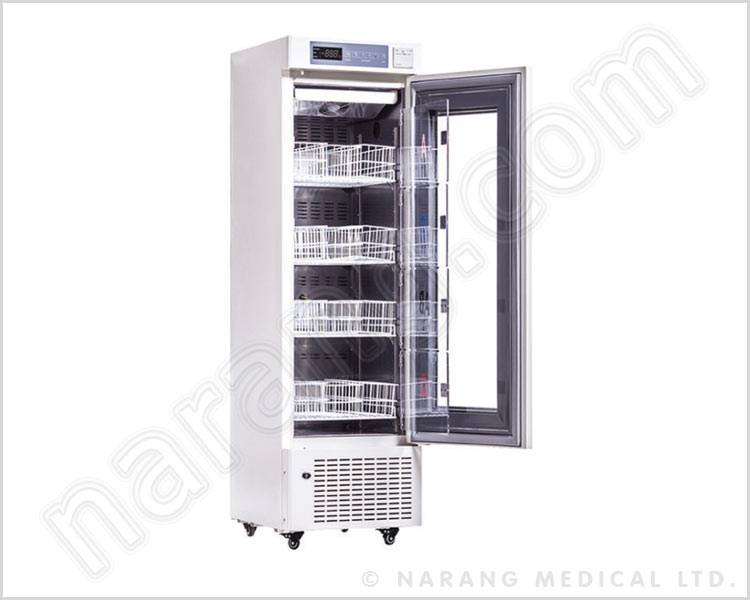
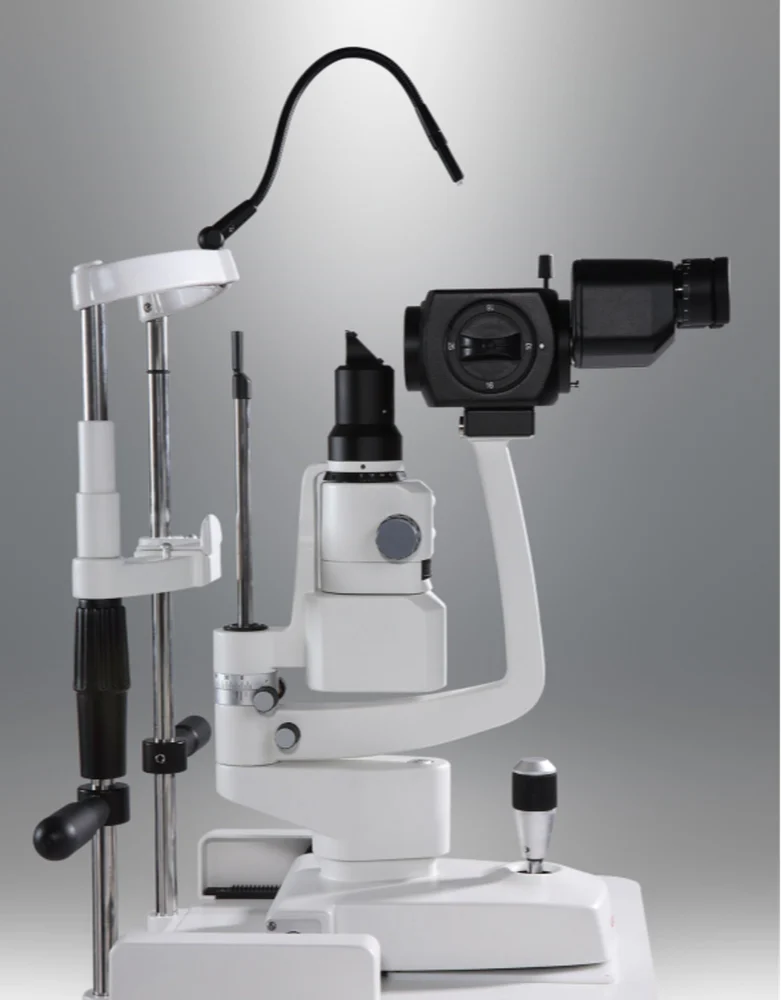

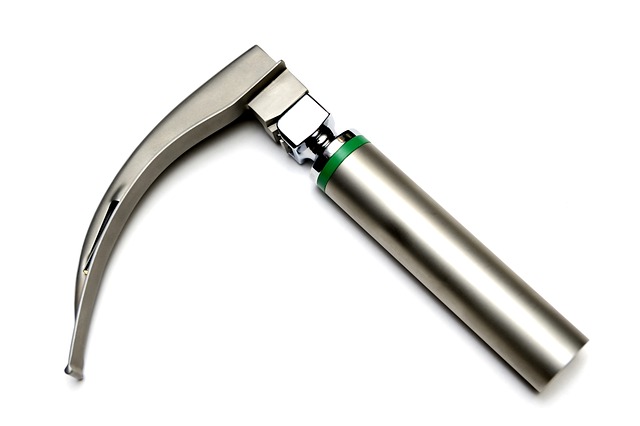
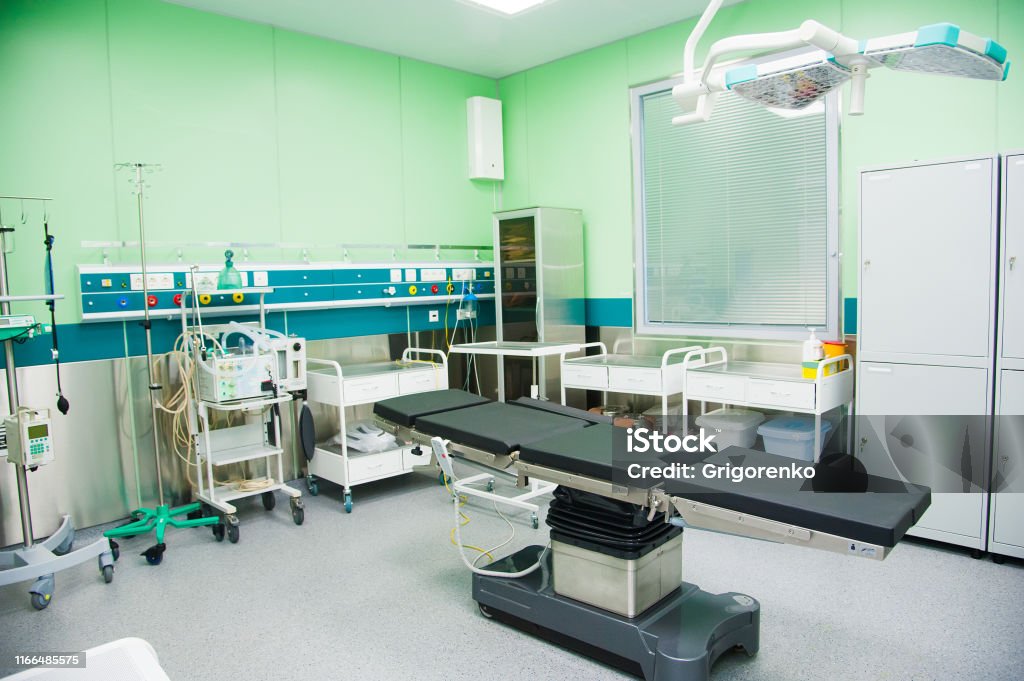
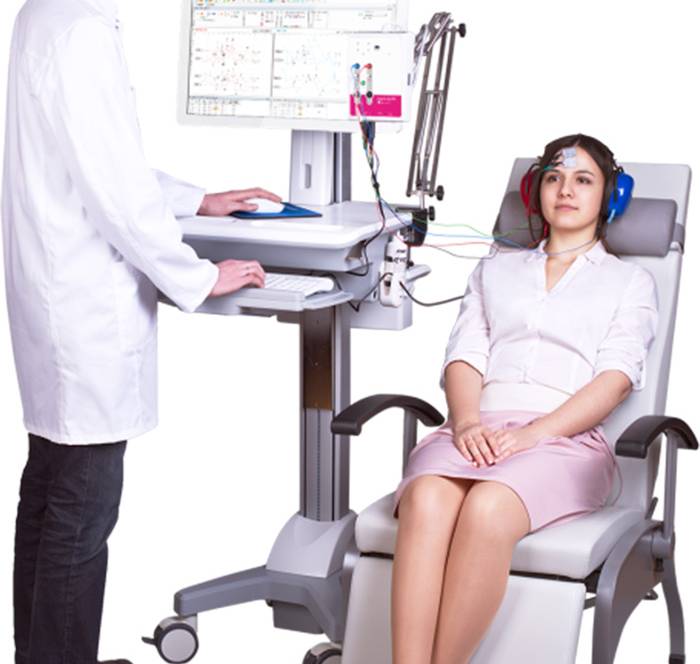
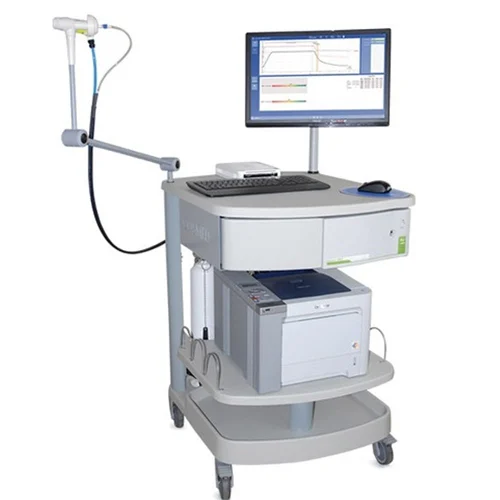
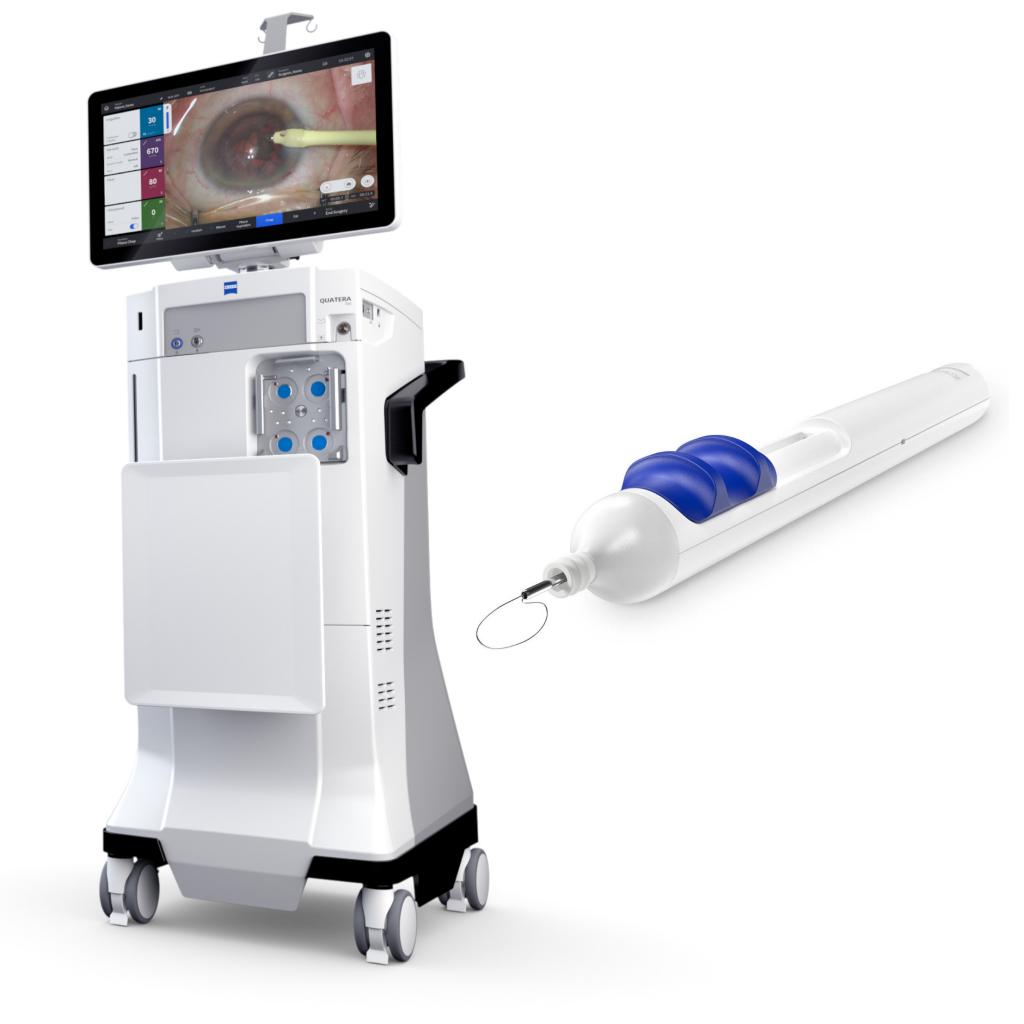
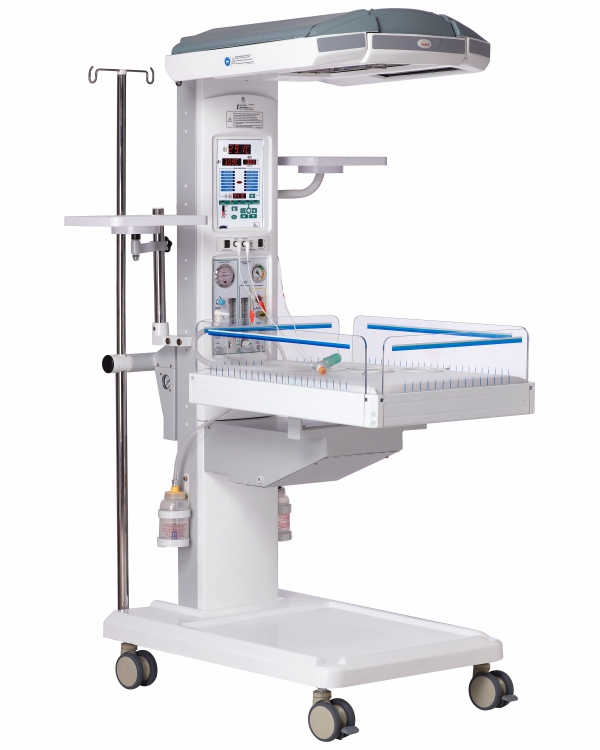
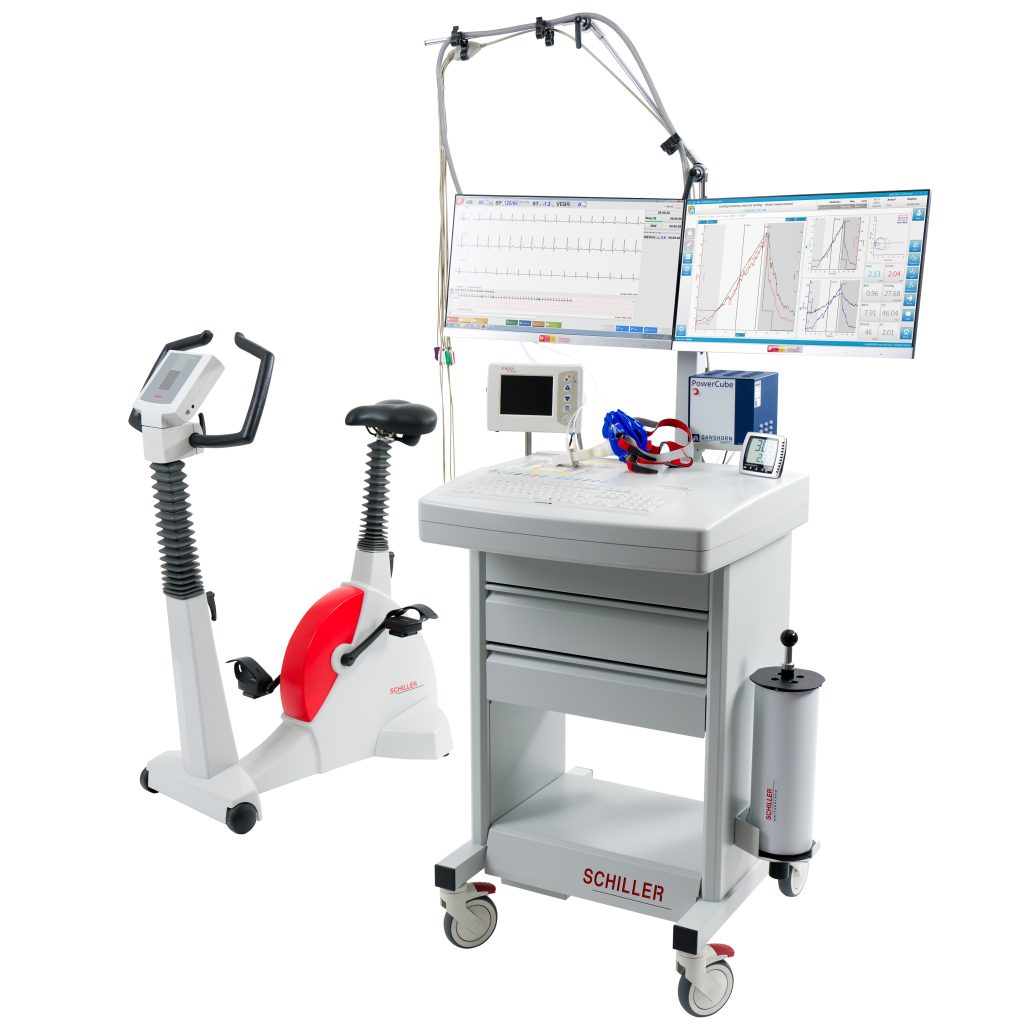




Leave a Reply